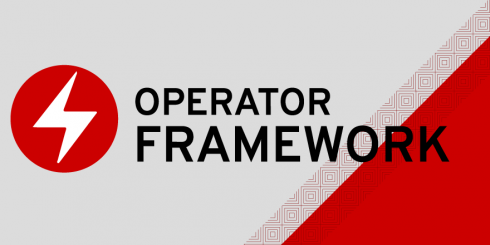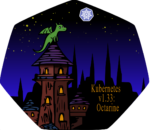
The CNCF has announced that it will be bringing on the Operator Framework as an incubation-level project.
The Operator Framework is a toolkit for managing Kubernetes Operators, which are extensions of Kubernetes that make it easier to package, deploy, and manage Kubernetes applications.
The Operator Framework, first developed in 2016 by CoreOS which is now part of Red Hat, consists of two main parts: the Operator SDK and the Operator Lifecycle Manager (OLM). The Operator SDK provides high-level APIs, abstractions, and project scaffolding for creating Kubernetes applications. OLM provides a declarative way of installing, managing, and upgrading Operators and their dependencies.
RELATED CONTENT:
Operators make the lifecycle management of containers simpler
Managing Day 2 Kubernetes
“We are so excited that the Operator Framework has been accepted into CNCF at incubation level,” said Erin Boyd, Operator Framework maintainer, and principal software engineer at Red Hat. “Operators make life easier for Kubernetes developers, and we are so excited to work with the CNCF to make this process even more seamless.”
The CNCF will handle future governance, marketing support, and community outreach for the project.
Operator Framework maintainers have a number of new features planned for the project. New features planned for the Operator SDK include a single command to install OLM on a cluster, a refactored testing tool, and an upstream kubebuilder and controller-runtime. Future plans for OLM include simplified API surfaces, improved developer experience, a new bundle format, and ways to streamline upgrades.
“The Operator Framework builds on other CNCF technologies enabling administrators and end-user developers to run Kubernetes native applications,” said Katie Gamanji, TOC member, and cloud platform engineer at American Express. “Operators provide a suite of structured templates to build custom resources for the cluster, igniting the automation of the most complex workloads. This unlocks a tremendous amount of growth for the CNCF ecosystem.”








